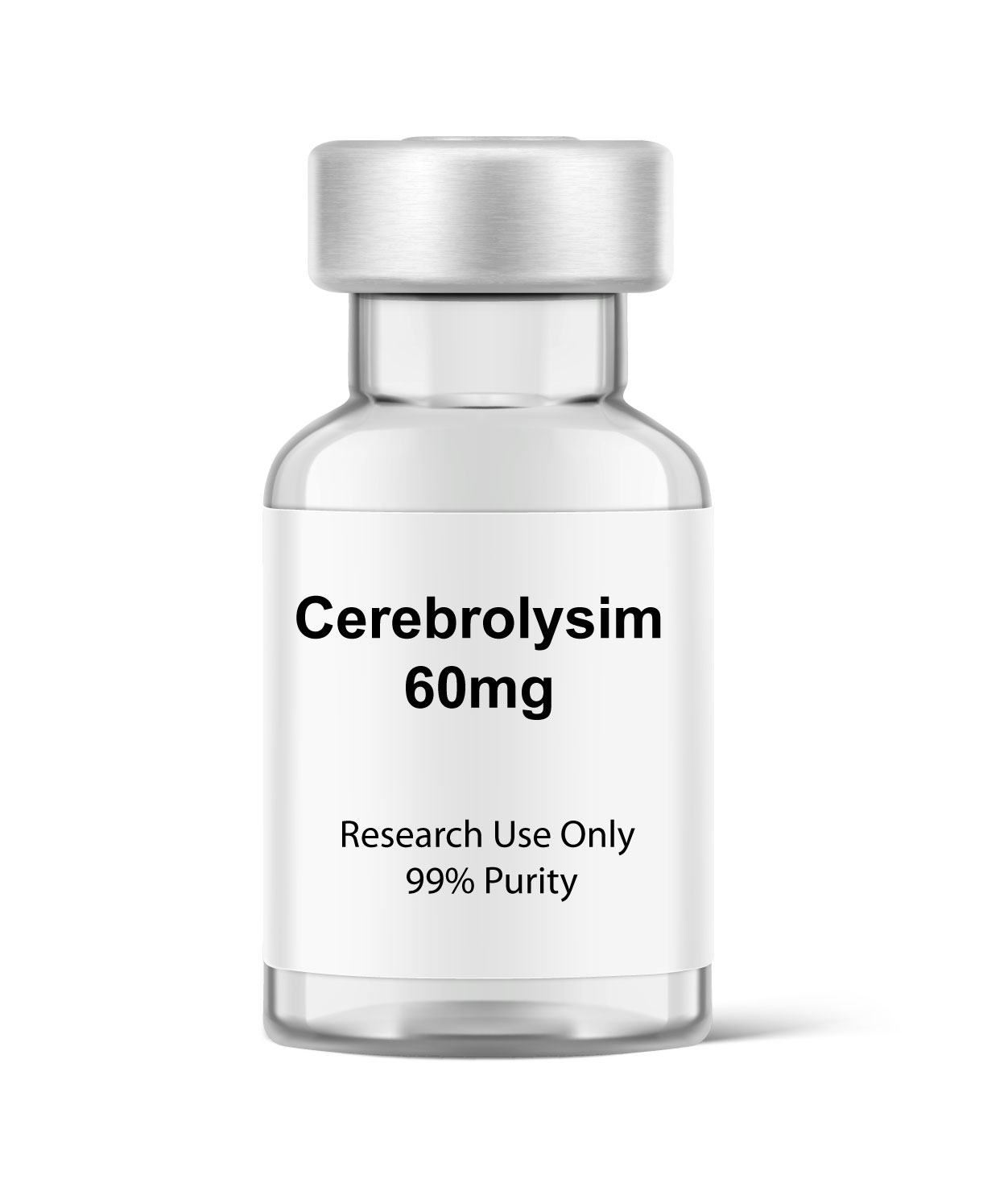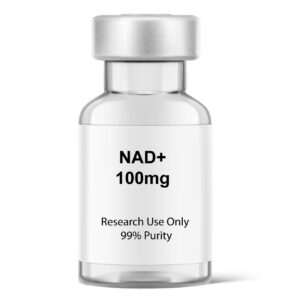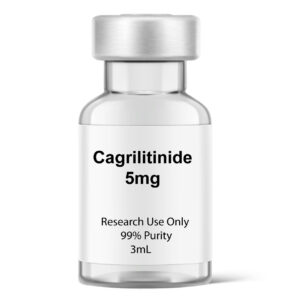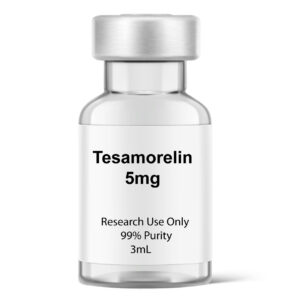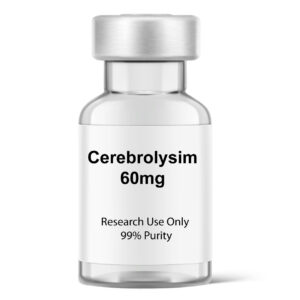Introduction to Cerebrolysin
For Research Use Only – Not for Human or Veterinary Use
Cerebrolysin is a peptide-based compound composed of low-molecular-weight peptides and free amino acids, derived through enzymatic breakdown of porcine brain proteins. It is used exclusively in preclinical and in vitro research to investigate mechanisms related to neuronal survival, synaptic plasticity, and central nervous system repair processes.
Key Research Areas (Preclinical Models Only)
Cerebrolysin has been evaluated in various animal and cell-based models for its potential effects in the following research domains:
Neuroprotection: Studied for its ability to reduce excitotoxicity and oxidative stress in neuronal cells.
Cognitive Function: Explored in behavioral and biochemical assays for potential impact on memory and learning.
Neuroplasticity and Synaptogenesis: Examined for effects on synaptic density and dendritic spine formation in injury and aging models.
Ischemic Brain Injury Recovery: Investigated for its possible support in recovery following induced stroke or traumatic brain injury.
Neurodegeneration Models: Used in research simulating conditions such as Alzheimer’s, Parkinson’s, and other neurodegenerative pathologies.
Certificate of Analysis
| Property | Description |
|---|---|
| Chemical Sequence | Mixture of low-molecular-weight peptides and amino acids |
| CAS | 59491-60-4 |
| Molecular Formula | N/A |
| Molecular Weight | N/A |
| Appearance | Clear, colorless solution |
Research Use Only
Cerebrolysin is intended strictly for in vitro testing and laboratory experimentation. It’s not intended for human or animal medical use. It’s not a drug, food, or cosmetic and should not be misbranded, misused, or mislabeled as such.

